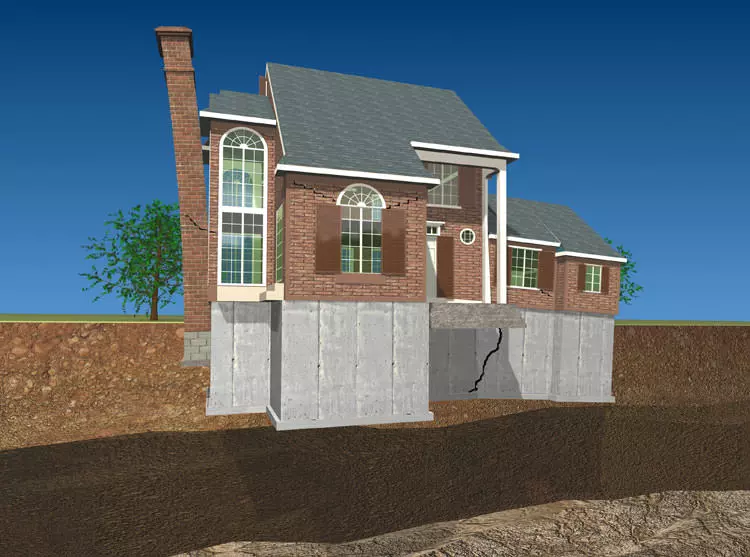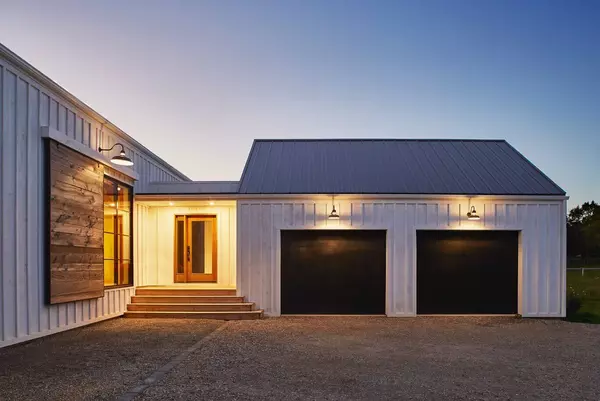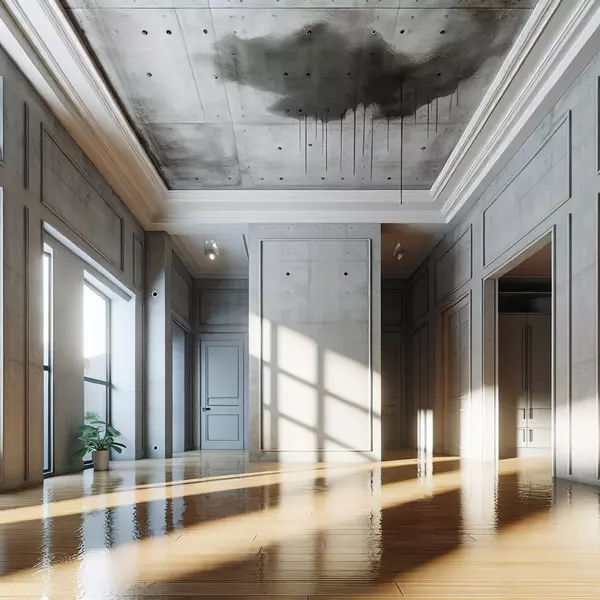The Problem: Sneaky Foundation Cracks in Winnipeg

Winnipeg is known for its prairies, cultural festivals, and, not so fortunate, its extreme weather conditions. For those looking to upsize, downsize, or purchase their first home here, these weather shifts play a crucial role in a less talked-about issue: foundation cracks. Understanding the impact of Winnipeg's climate on home foundations is vital for savvy buyers and homeowners wanting to make informed decisions.
The Problem: Sneaky Foundation Cracks in Winnipeg
In Winnipeg, homes face unique challenges due to shifting soil, freeze-thaw cycles, and inconsistent weather patterns. One major issue is the development of foundation cracks. These cracks, which often start small, can invite water, insects, and even small animals into the home. If left unchecked, small cracks can quickly grow into serious structural threats. The costs to fix such problems can reach exorbitant levels. Some can go up to $70,000 for severe repairs. Thus, it’s crucial to address these cracks early on.
Here’s a look at why foundation cracks are so prevalent in Winnipeg:
Causes of Foundation Cracks
-
Concrete Shrinkage - When concrete is poured, it can shrink if the temperature changes too quickly. This can lead to small cracks that might not seem like a big deal initially, but they let moisture and other elements in.
-
Settlement - With houses built on less-than-stellar footings or soil conditions, homes can settle into the ground. This settling, especially noticeable after droughts or heavy rain, results in cracking.
-
Pressure from Soil - Heavy rains or long dry spells change the soil's moisture, exerting pressure on basement walls, causing cracks.
-
Freeze-Thaw Cycles - Winnipeg's cold creates cycles in which water freezes, expands, and pressures the foundation walls.
The Agitation: Impact of Cracks on Homeowners
Weather extremes in Winnipeg exacerbate foundation issues. A particularly hot and dry summer can cause soil to harden and pull away from the foundation.This leaves a gap where water collects when it rains. Conversely, heavy rain can saturate the soil, increasing pressure on walls. In winter, water within the soil freezes, expands, and pushes against foundations, leading to horizontal crack formations.
Here’s how these foundation issues manifest:
-
Cracked Walls and Buckling Floors - Changes in soil moisture lead to walls cracking and floors buckling or warping, which are costly to repair and negatively impact home value.
-
Sticking Doors and Windows - As foundation problems worsen, you may find doors and windows become difficult to open or close smoothly due to shifts in the home’s frame.
-
Sinking Basements - With shifting soil, basements may begin to sink, creating potential flooding issues and further degrading structural integrity.
For professionals moving into a home or those upgrading to a more spacious property, these problems can make for unexpected expenses and repairs right after purchase.
The Solution: Safeguarding Your Investment
Dealing with foundation issues might sound daunting, but there are practical measures to mitigate risks, especially for potential and new homeowners:
Prevention Tips for Retaining Strong Foundations
-
Invest in Proper Drainage Systems
- Ensure gutters and downspouts effectively direct water away from the house. Cleaning them regularly prevents clogs that may lead to water pooling near the foundation.
-
Seal Cracks Fast
- Inspect basements and exterior foundations for signs of cracks. Use high-quality epoxy or polyurethane sealants to prevent water intrusion and further damage.
-
Monitor Soil Moisture
- Ensure the soil around the foundation retains some moisture to prevent it from pulling away from the structure, which exacerbates cracking issues. Residents are advised to water the yard around six feet from the foundation to keep the soil stable.
-
Consider Tree Placement
- Keep large trees and shrubs at a safe distance from the house. Their roots can exert pressure on the foundations, causing cracks.
-
Install a Sump Pump
- A sump pump can prevent basement flooding, maintaining a dry environment around the foundation. Test the pump regularly and consider a backup power source.
-
Manage Freeze-Thaw Cycles
- Install proper insulation and maintain consistent indoor temperatures to reduce the impact of Winnipeg’s notorious freeze-thaw cycles on the foundation.
-
Schedule Regular Inspections
- Schedule annual inspections with a professional to catch early signs of cracking or shifting. These inspections can be key for determining if future repairs may be necessary.
What Next for Buyers?
Understanding how Winnipeg's weather can affect a home’s foundation empowers buyers. Potential homebuyers should:
-
Inspect Thoroughly Before Purchase
- Hire a qualified inspector to catch any foundation issues, particularly in older homes that might be more prone to these problems.
-
Negotiate Based on Findings
- If foundation cracks are noted, negotiate repair costs or seek seller warranties as part of the purchase agreement.
-
Stay Informed
- Regularly educate yourself about local weather impacts on homes and participate in home maintenance workshops, which many communities offer.
Conclusion
Foundation problems caused by Winnipeg's challenging weather might sound ominous, but they don’t have to be an insurmountable issue. Proactive examination, regular maintenance, and informed decisions can prevent small cracks from turning into massive concerns. By staying vigilant and working with professionals, you can ensure your home remains a solid investment for years to come. Homebuyers, especially those upsizing or entering the market for the first time, should consider these insights as part of their homeownership journey to protect their financial and emotional investments.
Categories
Recent Posts











